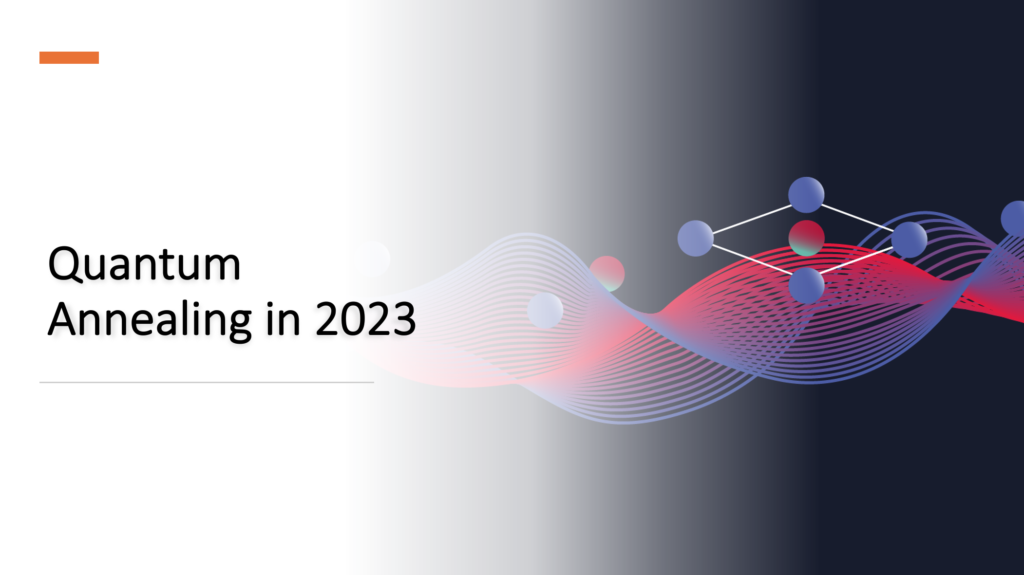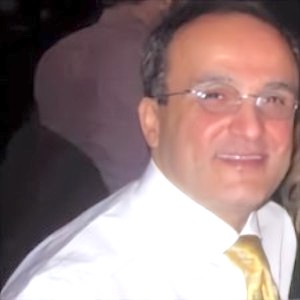Quantum Annealing In 2023

Quantum Annealing is very special to me because this technology was the entry point to my quantum journey. Then, let me start with a throwback on what quantum annealing is and how it works.
Quantum annealing is a technique that uses a special type of computer called a quantum computer to solve complex problems more efficiently. It takes advantage of the weird behavior of particles at the quantum level to explore many possibilities simultaneously and find the best solution. It’s like having a superpowered computer that can solve incredibly difficult puzzles and optimization problems.
Imagine you have a really tough – intractable – problem to solve, like finding the shortest route to visit multiple cities or figuring out the best arrangement of puzzle pieces. These types of problems can be incredibly complex and time-consuming to solve using traditional computers.
That’s where quantum annealing comes in. It’s a special type of technology that uses the principles of quantum mechanics to help us find solutions to these difficult problems more efficiently. Quantum mechanics is a branch of physics that describes how tiny particles, like electrons and atoms, behave in very strange and fascinating ways.
Quantum annealers are quantum computers too. Unlike regular computers that use bits to store and process information, which can be either a 0 or a 1, quantum computers use something called qubits. Qubits can be in a special state called a superposition, which means they can represent both 0 and 1 at the same time. It’s like having a magical coin that can be heads and tails at once!
Now, when we have an intractable optimization problem, we can set up the qubits in the quantum computer to represent different possibilities or solutions. The quantum computer then uses a process called annealing, which is like a gradual cooling down – gradual increase or decrease of the magnetic field around or between qubits – to explore all these possibilities simultaneously.
As the quantum computer goes through this annealing process, the qubits start to interact with each other in a special way. They form connections and influence one another. It’s like they’re talking and sharing information to find the best solution to the problem we’re trying to solve. This process takes advantage of the strange and powerful properties of quantum mechanics, quantum tunneling, to search for the most optimal solution much faster than traditional computers.
Once the quantum annealing process is complete, we can measure the qubits and read the final result. The qubits will collapse into a specific state, either 0 or 1, which represents the solution to our problem.
D-Wave, a company known for its quantum computers, introduced the first commercial quantum annealer called D-Wave One in 2011. It had 128 qubits and was purchased by Lockheed Martin Corporation. In 2013, Google, NASA Ames, and the Universities Space Research Association bought an adiabatic quantum computer from D-Wave. D-Wave also collaborated with 1QB Information Technologies and DNA-SEQ to explore quantum applications in finance and cancer research.
D-Wave has been working on developing universal quantum computers that can run different algorithms, including Shor’s algorithm – This is what D-wave claims! In April 2023, they published groundbreaking results using their D-Wave Advantage quantum computer with over 5000 qubits. The computation demonstrated that coherent quantum dynamics outperformed classical dynamics in solving a challenging optimization problem. The research was a collaboration between scientists from D-Wave and Boston University and was published in the journal Nature.

Hamed Nazari
Hamed is an innovative and results-driven Chief Scientist with expertise in Quantum Science, Engineering, and AI. He has worked for leading tech companies in Silicon Valley and served as an Adjunct Professor at UC Berkeley and UCLA.
